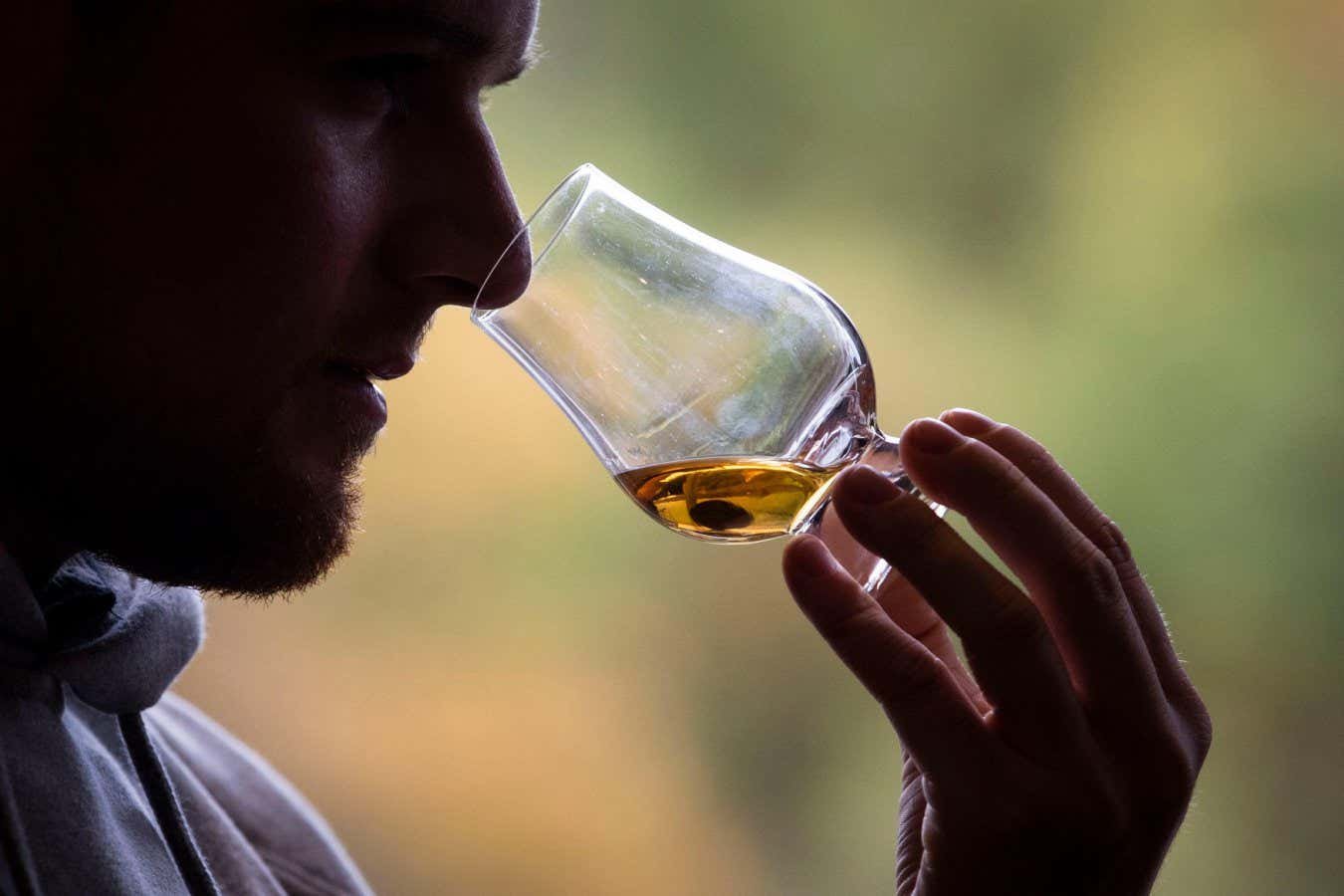Color, smell, taste and chemical constituents can all be used to distinguish whiskeys
Jane Barlow/PA Images/Alamy
Artificial intelligence can distinguish Scotch whiskey from American whiskey and identify its strongest aromas more reliably than human experts – using data instead of tasting the drinks.
Andreas Grasskamp at the Fraunhofer Institute for Process Engineering and Packaging IVV in Germany and his colleagues trained an AI molecular odor prediction algorithm called OWSum on descriptions of different whiskies.
In a study involving 16 samples – nine types of Scotch whiskey and seven types of American bourbon or whiskey – they tasked OWSum with distinguishing drinks from the two nations based on keyword descriptors of their taste, such as floral, fruity, woody or smoky . Using these alone, the AI could tell which country a drink came from with nearly 94 percent accuracy.
Because the complex aroma of these spirits is determined by the absence or presence of many chemical compounds, the researchers also fed the AI a reference dataset of 390 molecules commonly found in whiskey. When they gave AI data from gas chromatography-mass spectrometry that showed which molecules were present in the sample spirits, it increased OWSum’s ability to differentiate American from Scotch drams to 100 percent.
Compounds like menthol and citronellol were a dead giveaway for American whiskey, while the presence of methyl decanoate and heptanoic acid pointed to Scotch.
The researchers also tested both OWSum and a neural network on their ability to predict the top five odor keywords based on the chemical content of a whiskey. On a score from 1 for perfect accuracy to 0 for consistent inaccuracy, OWSum scored 0.72. The neural network scored 0.78, and human whiskey expert testers only scored 0.57.
“[The results] emphasize that it is a complicated task for humans, but it is also a complicated task for machines – but machines are more consistent than humans,” says team member Satnam Singh, also at the Fraunhofer Institute. “But that doesn’t mean humans aren’t needed: we need them to train our machines, at least for now.”
Neither model takes into account the concentration of molecules, only their absence or presence, which is something the researchers hope to correct and could provide even greater accuracy.
Grasskamp says such AI tools could be used for quality control in distilleries or to help develop new whiskies, as well as to detect fraudulent ones. But they could also be used for “anything that smells”, such as other food and beverage production or in the chemical industry.
Subjects:
